Hi,
It’s Gwen here, the upland invertebrates apprentice. It’s been a while since I blogged so there’s quite a lot to cover! In September I was in Edinburgh for a month, where I got fanastic help from Richard, Graham, David and Keith to identify some of the specimens I acquired during the Bioblitzes (a big thankyou to them). The Diptera (flies) were rather difficult but with practice it became easier and I usually got down to genus the first time at least. The visit inspired me to get a microscope, which just arrived yesterday and I can’t wait to use to identify some Tipulid (cranefly) samples from Trees For Life. The best one was Prionocera turcica – it has whorls of hairs around its antennae which makes it look rather fab.
I have also managed to acquire a moth trap, which has been finding some great moths in my garden (my favourites being feathered oak and a vapourer – both have males with furry antennae to detect the females from up to six miles away in some species! As you can see, furry antennae are one of my favourite things. When the weather improves the trap will be going out at Corrimony.
I have also been doing a lot of practical work at Corrimony, so I have managed to acquire a chainsaw licence and and ATV ticket. The ATV course was fun, the chainsaw course was scary and hard work, but gave me a great chance to spend a week at RSPB’s Forest Lodge at Abernethy. If you ever get the chance to visit Abernethy, go – I saw my first capercaille in the road! After montioring the trees to find out the density and volume of timber on average, I’m doing some chainsaw work at the moment – mostly ring barking and some felling. Some of this is to remove any non-native species on the reserve, some is to thin the scots pine woodland to make it more natural. Most forestry plantations have very densely planted trees with long, tall, straight stems and a small number of leaves at the top but most ancient pines actually look more like deciduous trees from a distance, with big, sprawling branches as more light comes into the canopy. The deadwood created will also be a fantastic habitat for the most important things of all – invertebrates. Corrimony will hopefully look very different in a couple of hundred years!
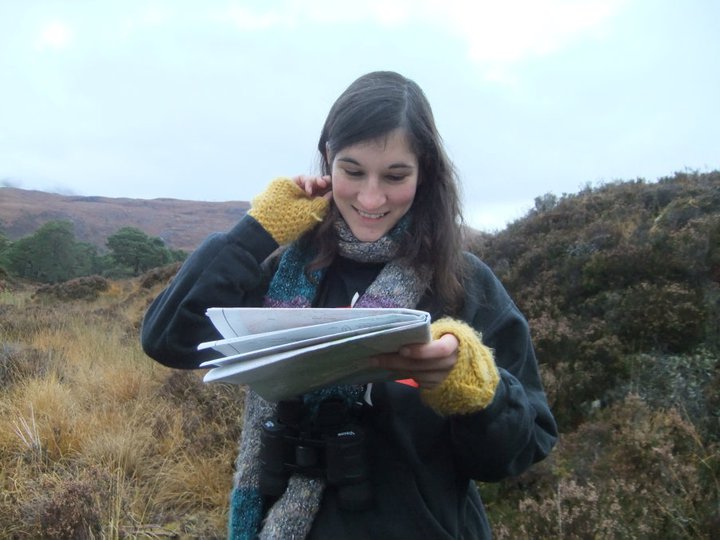
Suzie and Lesley came to visit for the Highland Biodiversity and Climate Change Conference, and Meryl also came out onto the reserve for a couple of days. The conference itself was a little disappointing from my point of view – suggestions of planting 25% of Scotland with non-native trees to mitigate climate change seemed like sacrificing biodiversity for short-term gains seemed a bit ridiculous. However, it was great to see the girls and John on the Monday (and Corrimony falls) and get a good old bit of lodgepole pine/sitka spruce seedling pulling and lots of walking done (awful picture above taken by Suzie). Later in the week Suzie and I mapped some of the ant nests on the reserve to help inform the planners of a 5m wide path going through the reserve (there is a new pylon line going from a wind farm just off the top end of the reserve – and the trucks carrying the propellors are 50ft long!) We also looked at some spider ID with Simon – like the National Museum of Scotland, anyone can go the Scottish Natural Heritage HQ in Inverness and use their fantasic library and facilities – a very snazzy building I must say!
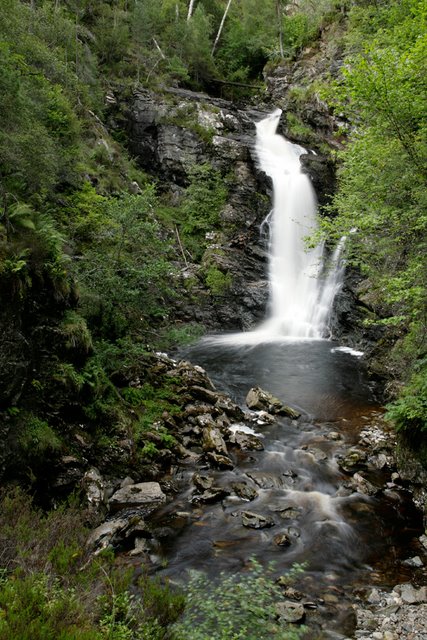
Photo: Andy Hay
I have also attended a fab beetle course, myriapod (centipede and millipede) course and a harvestmen course, all of which were very useful and informative. Live & Deadly in Aberdeen was also fun – and Lesley was super excited to meet Steve Backshall from off of the telly. We even got wined and dined by the BBC (and John) – very posh.
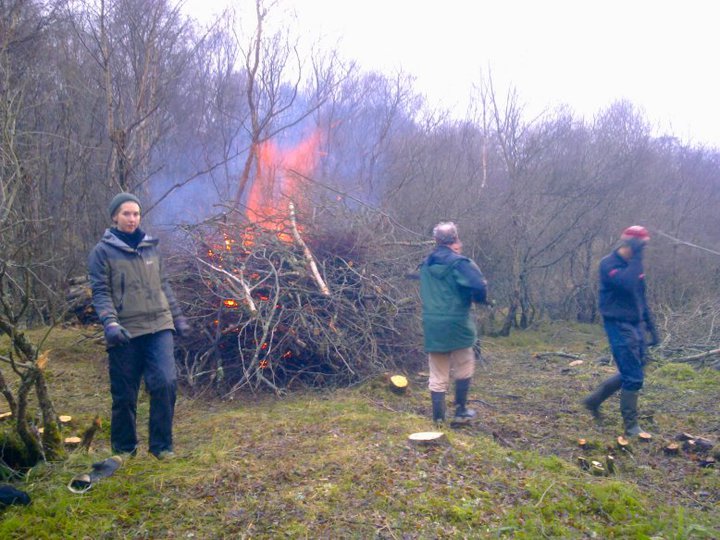
Recently I attended an RSPB staff meeting Insh, which was a great opportunity to meet more people, see a fab reserve and burn stuff (pictured above). I also helped out with weBS (wetland bird survey) counts at beautiful Culbin Sands where the lucky Saltmarsh apprentice will be spending some time next year.
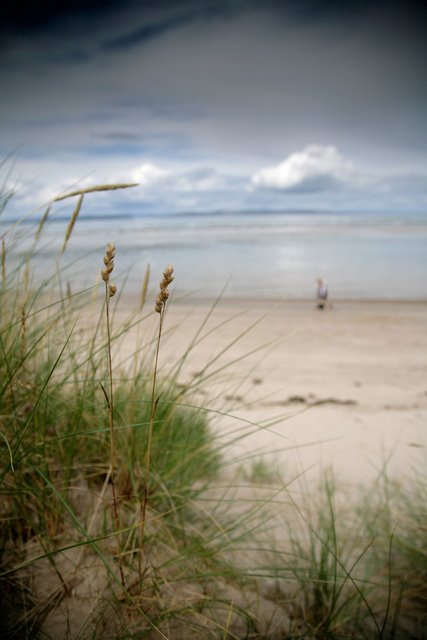
Photo: Andy Hay
I’m currently fixing and monitoring crested tit boxes, so I thought I’d add a lovely picture of a crested tit in the snow.
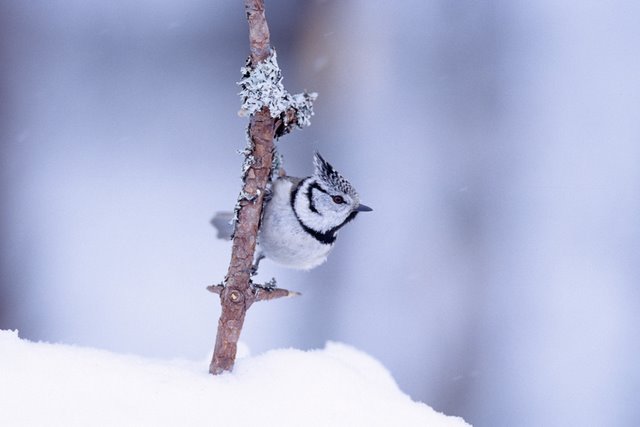
Photo: David Tipling
I don’t have a camera atm so I had to use someone else’s photos – but I think these capture the moment perfectly. Till next time!
